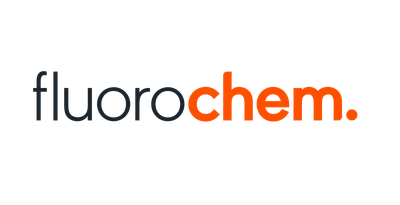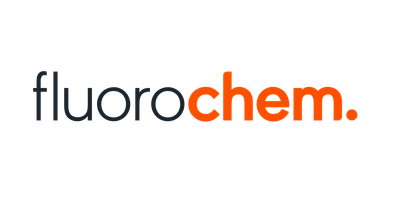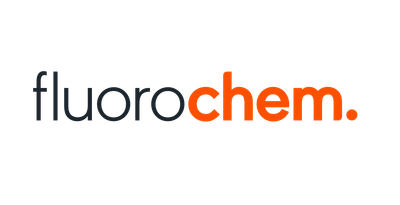Verzending 24–48 u • Levering in de hele EU • Veilige chemieverpakking
Praseodymium chloride anhydrous 99.9% 50 g
SKU 006552-2
€ 449,96
In stock
1
Save this product for later
Praseodymium chloride anhydrous 99.9% 50 g
Product Details
CAS number: 10361-79-2
Chemical formulas: PrCl3/ F.W. 247.28
Cation: Pr
Packaging: 50 g
EAN: 8721028244796
Brand: Laboratoriumdiscounter
Praseodymium chloride anhydrous is a rare earth compound used in various industrial applications. Its unique properties make it an essential component in catalysts, pigments, and glass manufacturing. With its high purity and stability, praseodymium chloride anhydrous offers exceptional performance and reliability in a wide range of industries. Discover the benefits of this versatile compound and enhance your products with its exceptional properties.
When working with Praseodymium chloride anhydrous, it is important to follow proper safety precautions to ensure your well-being. Here are some short safety instructions to consider: 1. Personal Protective Equipment (PPE): Always wear appropriate PPE, including gloves, safety goggles, and a lab coat, to protect your skin, eyes, and clothing from potential contact with the chemical. 2. Ventilation: Work in a well-ventilated area or use a fume hood to prevent the inhalation of any fumes or vapors that may be released during handling. 3. Handling: Handle Praseodymium chloride anhydrous with care, avoiding any direct contact with your skin or eyes. Use appropriate tools, such as tongs or spatulas, to minimize exposure. 4. Storage: Store Praseodymium chloride anhydrous in a tightly sealed container in a cool, dry place away from incompatible substances. Follow any specific storage instructions provided by the manufacturer. 5. Spills and leaks: In case of spills or leaks, immediately contain and clean up the material using appropriate absorbent materials. Avoid generating dust or aerosols during the cleanup process. 6. Disposal: Dispose of Praseodymium chloride anhydrous according to local regulations and guidelines. Do not pour it down the drain or dispose of it with regular waste. 7. Emergency procedures: Familiarize yourself with the emergency procedures in your workplace, including the location of safety showers, eyewash stations, and fire extinguishers. In case of accidental exposure or ingestion, seek medical attention immediately. Remember, these instructions are not exhaustive, and it is essential to consult the Material Safety Data Sheet (MSDS) or Safety Data Sheet (SDS) provided by the manufacturer for comprehensive safety information before working with Praseodymium chloride anhydrous.
Please note, not all safety data for this product is available on our website, for a complete list of P en H sentences and other safety instructions please request the MSDS at our customer service
You May Also Like
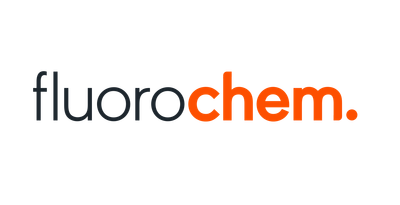
1-AZETIDIN-1-YL-2-CHLORO-ETHANONE, 95.0%, 25g
1-AZETIDIN-1-YL-2-CHLORO-ETHANONE, 95.0%, 25g
SKU F468896-25G
€ 1 075,80
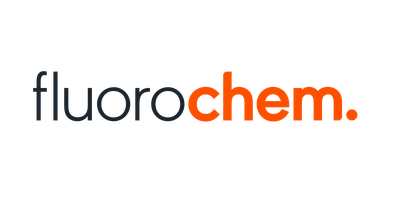
4-Pyrazol-1-ylmethyl-phenylamine, 95.0%, 5g
4-Pyrazol-1-ylmethyl-phenylamine, 95.0%, 5g
SKU F030467-5G
€ 288,20
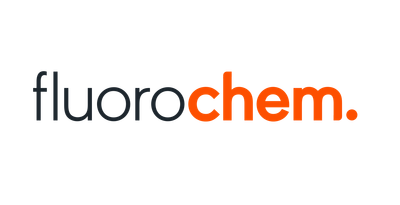
Benzene-1,3-dicarbonyloxysuccinimide, 5g
Benzene-1,3-dicarbonyloxysuccinimide, 5g
SKU F098262-5G
€ 3 097,60
Display prices in:EUR
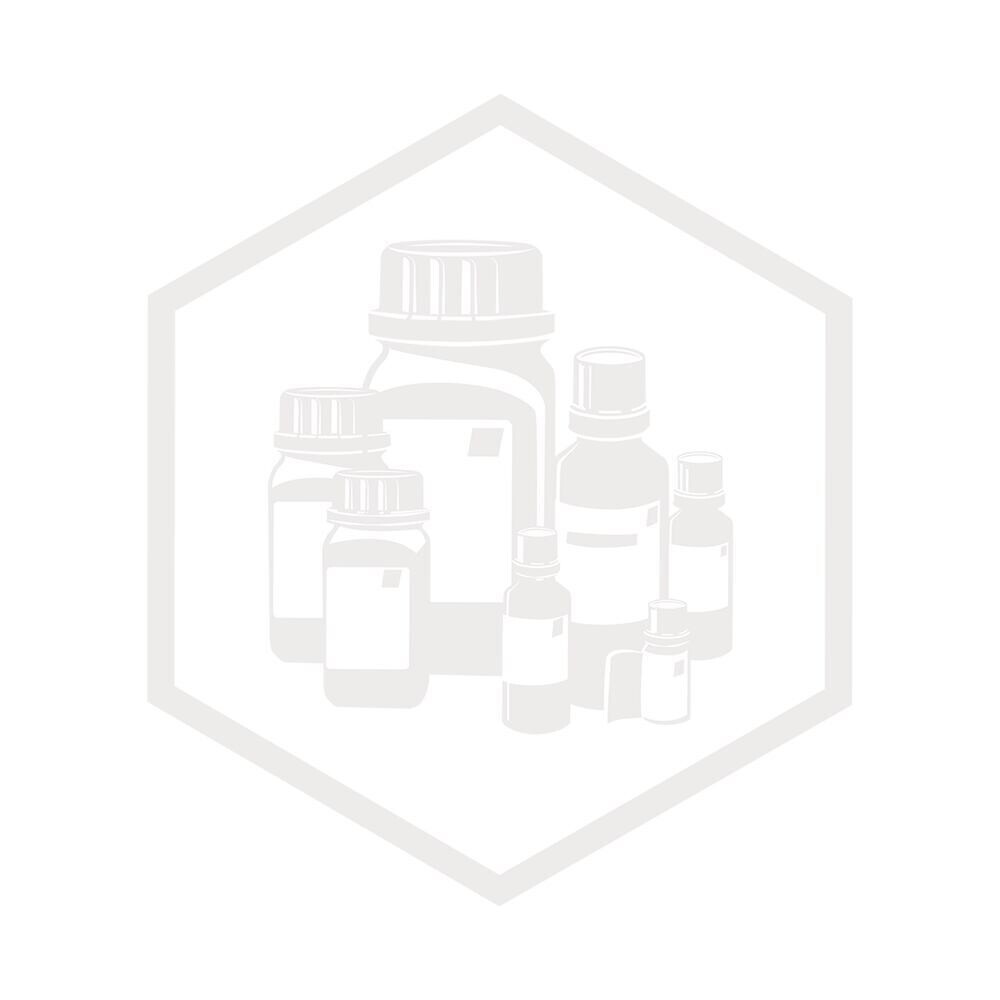
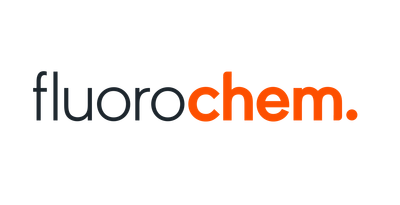
![7-Hydroxy-5-methyl-[1,2,4]triazolo[1,5-a]pyrimidine500g 7-Hydroxy-5-methyl-[1,2,4]triazolo[1,5-a]pyrimidine500g](https://d2j6dbq0eux0bg.cloudfront.net/images/88473019/4044672928.jpg)
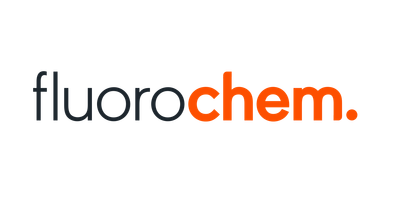
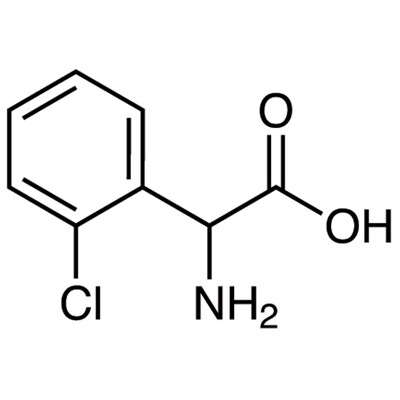
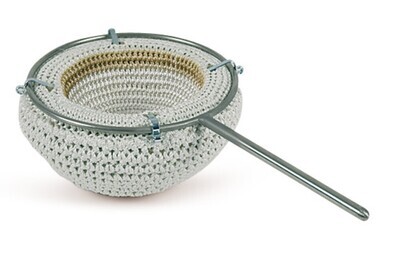
![3-[(tert-Butoxycarbonyl)amino]-4-methoxybenzoic acid, 97.0%, 5g 3-[(tert-Butoxycarbonyl)amino]-4-methoxybenzoic acid, 97.0%, 5g](https://d2j6dbq0eux0bg.cloudfront.net/images/88473019/4861352132.png)
